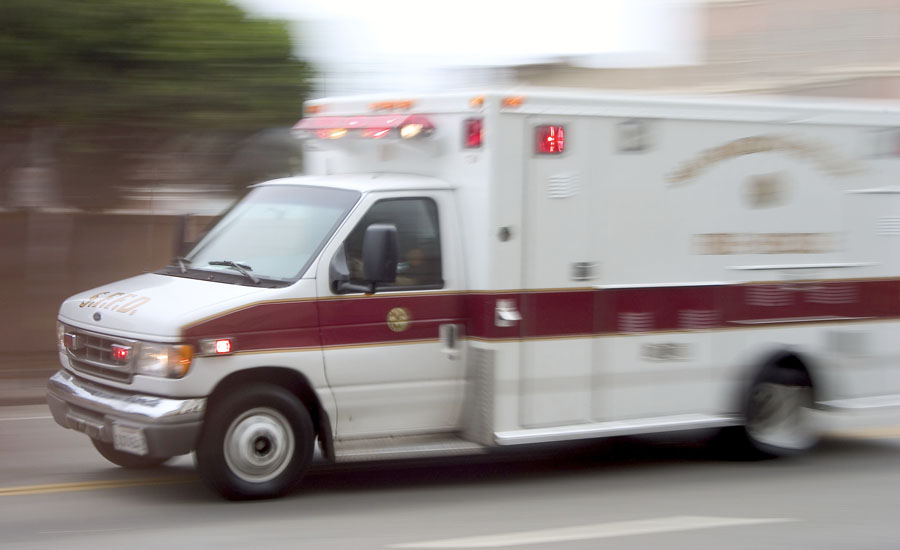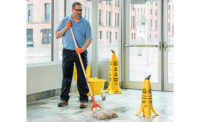OSHA offers best practices on avoiding injuries and illness for the oil and gas industry. Even though you may be wearing protective gear to prevent slips, trips and falls, they still happen. The following guidelines should be used to either prevent slips, trips and falls or to minimize the consequences if they should happen.
- Wear personal protective equipment (such as hard hats, work gloves, safety shoes, and eye protection).
- Be aware of the slipping and falling hazards when working on the drilling floor, servicing rig floors or other platforms.
- Keep all work areas clean and clear of oil, tools, and debris.
- Use non-skid surfaces where appropriate.
- Provide guardrails and guards around work areas that are prone to slips, trips, and falls.
- Install, inspect, and secure stairs and handrails. [29 CFR 1926.1052]
- Instruct workers on proper procedures for using and installing ladders.
- Use only ladders in good repair that do not have missing rungs.
- Do not install stairs with missing or damaged steps. Repair them before installing them.
- Keep walkways clean and free of debris and tripping hazards. [29 CFR 1910.22]
- Keep all cords and hoses orderly and clear of walking spaces.
- Cover open cellars.
- Conduct a pre-job inspection to identify, then eliminate or correct hazardous work surfaces.
- Walking/Working Surfaces Standard requires [29 CFR 1910.22(a)(1)]: Keep all places of employment clean and in an orderly condition.
- Keep aisles and passageways clear and in good repair, with no obstruction across or in aisles that could create a hazard [29 CFR 1910.22(b)(1)]. Provide floor plugs for equipment so power cords need not run across pathways.
- Use waterproof footgear to decrease slip/fall hazards.
OSHA also details general solutions for strains and sprains. They include:
- Use proper lifting technique.
- Hoist slowly to limit pipe momentum.
- Seek assistance when moving awkward and heavy guards and covers.
- Use proper stance and slip-lifting techniques. Slips have three handles and should be lifted jointly by more than one person.
- Use lifting equipment and limit manual positioning of elevators.
- Practice proper hand placement and use of pullback (tail) ropes.
- Use mechanical lifting aids, proper lifting techniques, and team lifting where appropriate.
- Use proper hand and body positioning.
-
Weather conditions can create hazardous working conditions. It is necessary to monitor weather conditions and forecasts to allow time to prepare for such conditions as may occur. Lightning is especially hazardous and unpredictable. When lightning is present, crews must avoid situations where they could become part of potential current paths.



